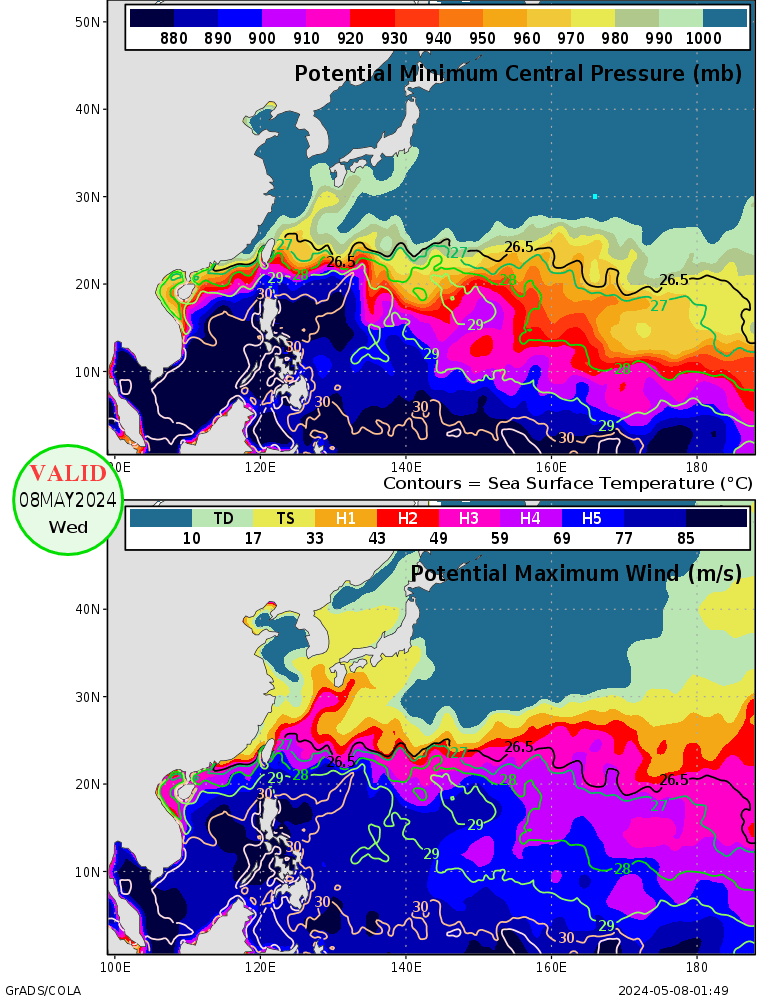dexterlabio wrote:^things will get more critical by the last quarter of the year when the high pressure area over Japan is at its strongest and tends to steer far-fetched Pacific systems to the west, thus increasing landfall risk for SE Asia.
Though I've read some info and learned that El Nino is also characterized by stronger mid-latitude troughs and the break in the stirring ridge is located near 130E to 135E longitude...meaning that while storms tend to become more intense, there's a chance that they would get picked by the trough before even reaching the SE Asia landmass...but the risk is still there for the Pacific islands and Japanese archipelago. Best example would be the 1997 season.
The recent El Nino years (2004, 2006, 2009) however, had shown higher incidents of strong tropical cyclones making landfall in East/SE Asia.
interesting...1997 is an east based el nino. less tropical cyclone landfalls but a high number of strong typhoons...10 category 5 alone! (Paka hit Guam in December of that year)
2004,2006, and 2009 are modoki el ninos...more tropical cyclone landfalls with slightly less number of strong typhoons (category 4,5)...
i think it all depends whether this year's el nino will be east based or modoki...
but it seems like each season, with or without el nino or even with la nina, a strong typhoon or typhoons makes landfall somewhere...


















